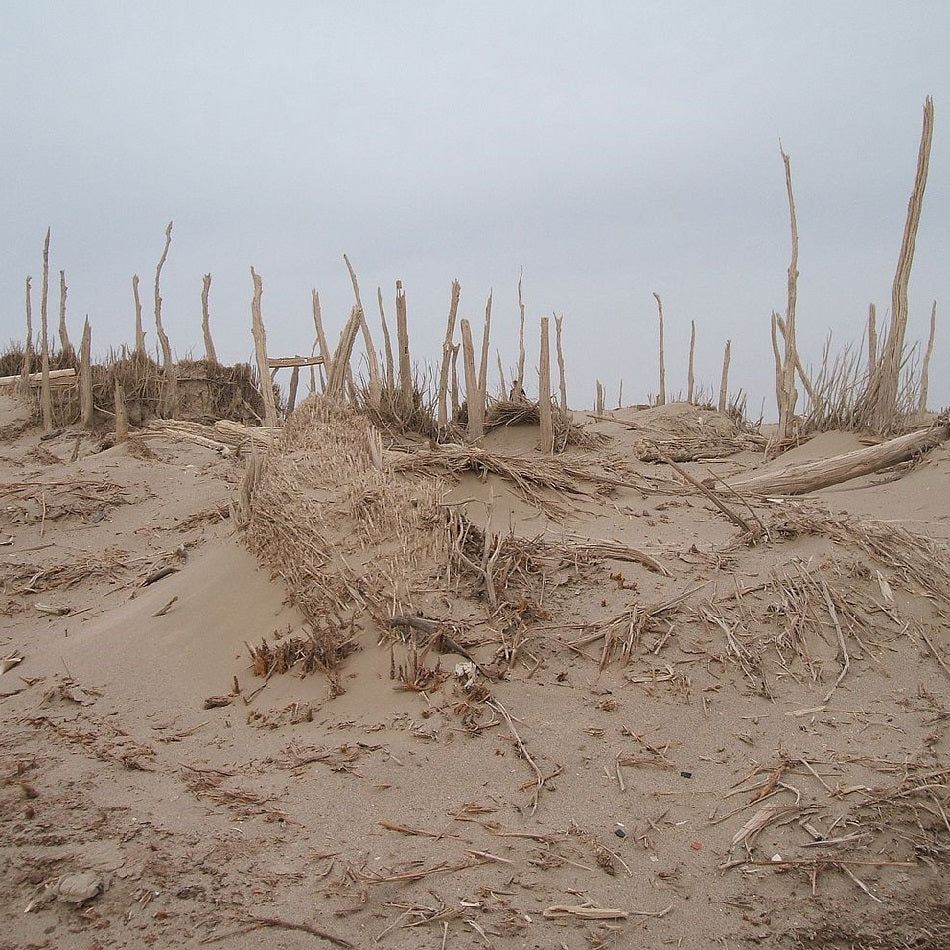
When we wrote our history of milk kefir about 10 years ago, the origins of kefir grains pointed to the Ossetians in the northern Caucasus Mountains about 2000 years ago. Since then, new evidence from the early Bronze Age cemetery of Xiaohe (1980 BC to 1450 BC) shows that they also made kefir.
It’s astounding because that’s as far back as 4000 years.
That’s 2000 years BEFORE the Ossetians in the Caucasus Mountains.
The Xiaohe tombs were located in the modern day Chinese province of Xinjiang. They are remarkable because they are highly preserved. They sealed out air, moisture and sand and the dry cold climate also contributed to preserved state. What they found were remnants of cheese made from kefir around several necks within the tombs. Considering that the kefir cheese was around their neck, shows just how prized kefir was for the Xiaohe herdsmen.

What is kefir cheese?
What they found at the Xiohe cementary is kefir cheese made from kefir grains or something very similar. Kefir cheese is simply kefir that has been strained until its basically solid kefir curds. It’s highly preserved and highly nutritional. They know its kefir cheese due to the whey protein content. They know its not simply made from raw milk nor made from rennet either due to the peptide composition.
How do they know its made from kefir grains?
The proteins they analysed were various lactose acid bacteria including, Lactobacillus kefiranofaciens, and various Saccharomycetaceae yeasts. The author's claim that it’s the signature composition of microorganisms used for making kefir. The fact that they found kefiranofaciens which is directly isolated (and named) from kefir grains shows that its almost certain that they were fermenting milk with kefir grains.
Most of the samples came from cows milk, but there was one of sheep and one of goat. It shows how extensive their herding was at the time. They suspect that the kefir cheese was made from low fat (skimmed) raw milk, but due to the degradation, they are not certain.
Why is this discovery so important?
At the time the Xiaohe where mostly lactose intolerant. However the fermentation by kefir grains greatly lowers lactose levels. Also the process of making cheese from kefir lowers the lactose even more (since the whey has more lactose). What this allowed is greater sustainably in a harsh climate. The authors claim that the mass production of kefir cheese allowed for the expansion into Eastern Eurasia altering history forever. That’s pretty remarkable.
Even though this is the earliest evidence of kefir grains, its quite possible the origins go back even further. Perhaps we will never know the exact origin, but its safe to say that kefir grains were important and highly prized for thousands of years in multiple regions around the world.
For the Ossetians of the Caucasus Mountains, it was perhaps the kefir drink they loved. For the Xiaohe, it was the cheese made from kefir that was important, likely due to their lactose intolerance. I know in my house, both the drink and the kefir cheese is highly prized as a nutritional treat. And I’m really happy to see kefir (made from real grains) making a come back in modern society.


Leave a comment